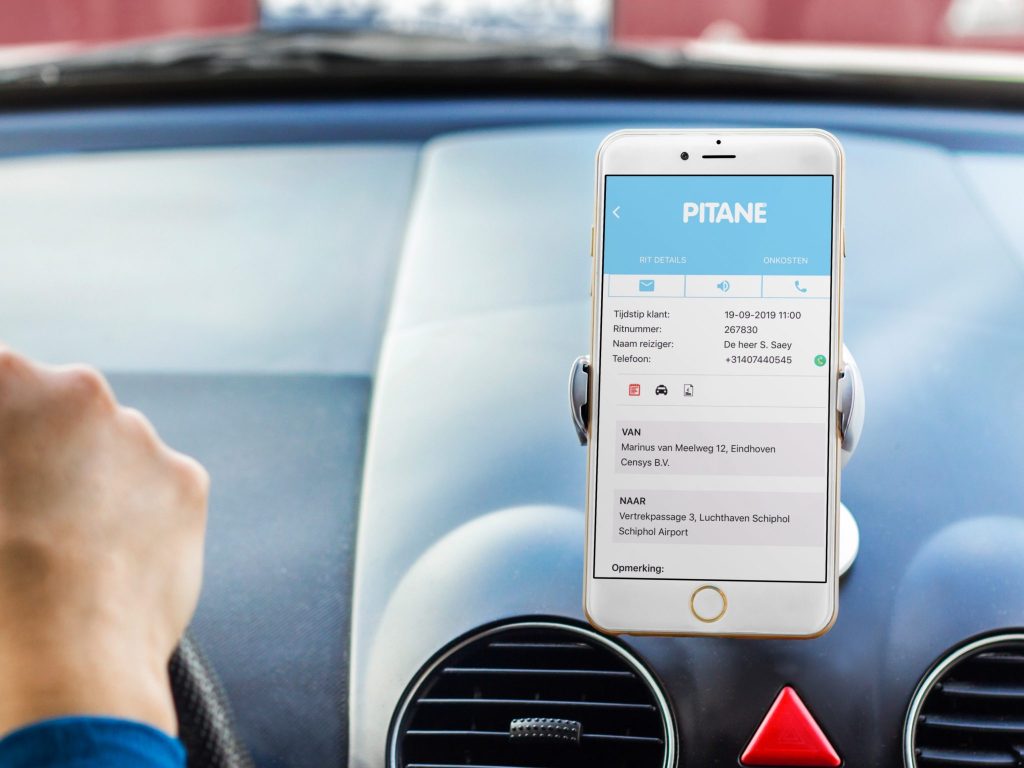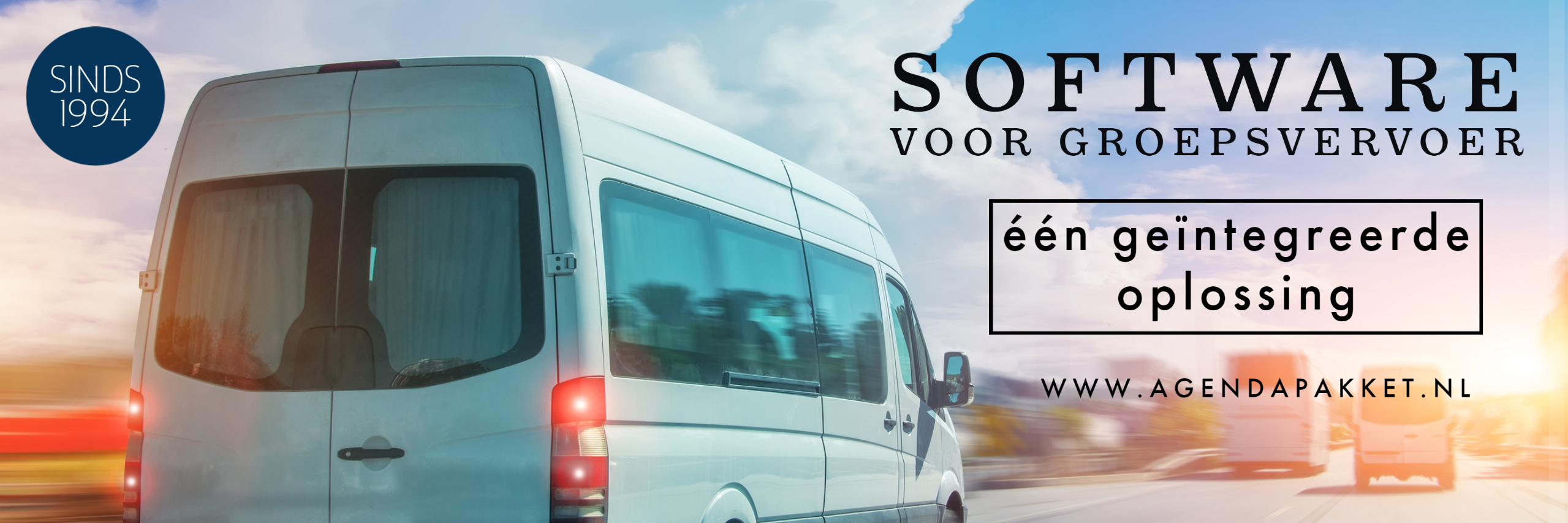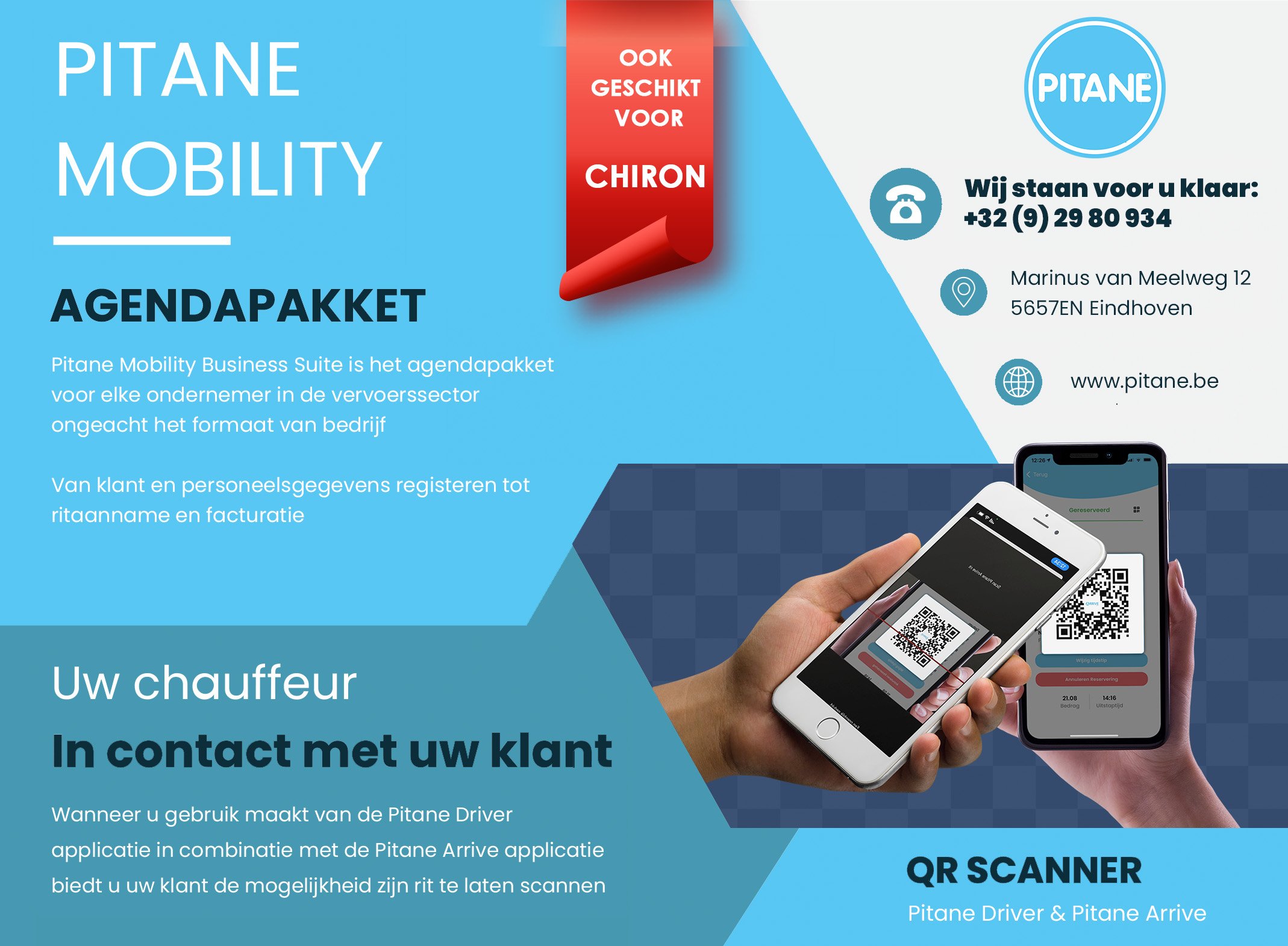Realization Variant BCT (RVB) has the task of further elaborating and realizing the selected main variant.
Social Impact Factory, located at Vredenburg in Utrecht, was the perfect location to give market parties an insight into the state of affairs of the implementation variant BCT. A considerable turnout of interested parties and an expert explanation from the project group guaranteed a successful first CDT information meeting. Many technical questions were answered and gave those present a good feeling about the path they had taken.
Program Manager Realization Variant BCT (RVB) Henri van der Heijden and his team explained the frequently asked question of what will happen with the current BCT in the coming years. The alternative to the BCT should make the processing of data required for the supervision of working and rest times more efficient and reliable, so that the ILT can monitor compliance with the rules for working and rest times more effectively. In this way, the ILT gives substance to the conditions for equal competition and road safety in taxi transport.
approach
In the coming months, ICT service providers and the project team of the Human Environment and Transport Inspectorate (ILT) will work together on the future for the alternative to the current BCT. They do this mainly by sharing knowledge with each other, with full attention to the practical operation within the taxi sector. All possible technical alternatives are given attention so that the alternative BCT is future-proof in a world where innovation and possibilities are constantly changing.
In short, a good approach to prevent the alternative BCT from becoming another headache for the taxi sector. The sector association Royal Dutch Transport (KNV), with knowledge of the current BCT vicissitudes in mind, also asks critical questions and is closely involved in the developments.
shape-free
The intention is that taxi operators can choose for themselves which device or app they will use to register and submit the monitoring data to the ILT. It is up to manufacturers and ICT service providers to develop and market the equipment and software required for this. The ILT enables market parties to do this by organizing information meetings and making information available, including the specifications for data exchange.

The ILT has conducted a variant study into alternative ways of obtaining this surveillance data wirelessly and card-free”. In April 2021, the State Secretary approved the plan for the further elaboration and realization of the main variant recommended by the researchers: Data Central.
Market parties are free to integrate the functionality for registering and supplying supervisory data with other support services for taxi companies. Think of the integration with the taximeter, driver and vehicle planning, MaaS applications, etc. But making the registered data available to taxi companies for analysis purposes is also possible.
DMI
Op DMI you can follow when webinars are organized and when the next information meetings will take place. In the Realisatie Variant BCT (RVB) community, information and documentation is shared with those involved and interested parties about the creation of alternatives to the on-board computer taxi (BCT) as a means of registration and delivery of data for the taxi supervision exercised by the Human Environment Inspectorate and Transportation (ILT).
data central
The Human Environment and Transport Inspectorate (ILT) supervises taxi transport in the Netherlands. It is important that this transport is safe and that there is fair competition. The data required for supervision of taxi transport is now recorded in the Taxi On-Board Computer (BCT), which must be installed in every taxi vehicle. This concerns data about the vehicle, the driver, the taxi company ('carrier'), departure and end points of taxi rides and working and rest times.
"We do not want to act as a client for the development of equipment and software. This part, where the taxi entrepreneur will soon act as a client and offer an ICT service provider products and services. What we do ourselves is design and develop the solution architecture for data processing by ILT. We do this in-house and we do not have to outsource, because we work with government officials, including people from the Rijks ICT Gilde."
Henri van der Heijden - Program Manager Realization Variant BCT (RVB)
The method is quite clear. Drivers enter the monitoring data under the responsibility of the relevant carrier, who must ensure that the data is correct. The entrepreneur can do this by checking them in advance and testing them where necessary. In accordance with a prescribed message structure and exchange protocol, the supervisory data are sent almost immediately, automatically and digitally to the ILT via the ICT service provider.
Upon receipt by the ILT, the supervisory data is stored in a structured manner and kept for 104 weeks. Subsequently, the received supervisory data is verified and enriched with information from the Kiwa, RDW and Chamber of Commerce registers. Inspectors can consult and analyze the data via the BCT Supervision Tool. An inspector is always involved in the assessment: there is no automated decision-making with legal consequences for a carrier or driver.



